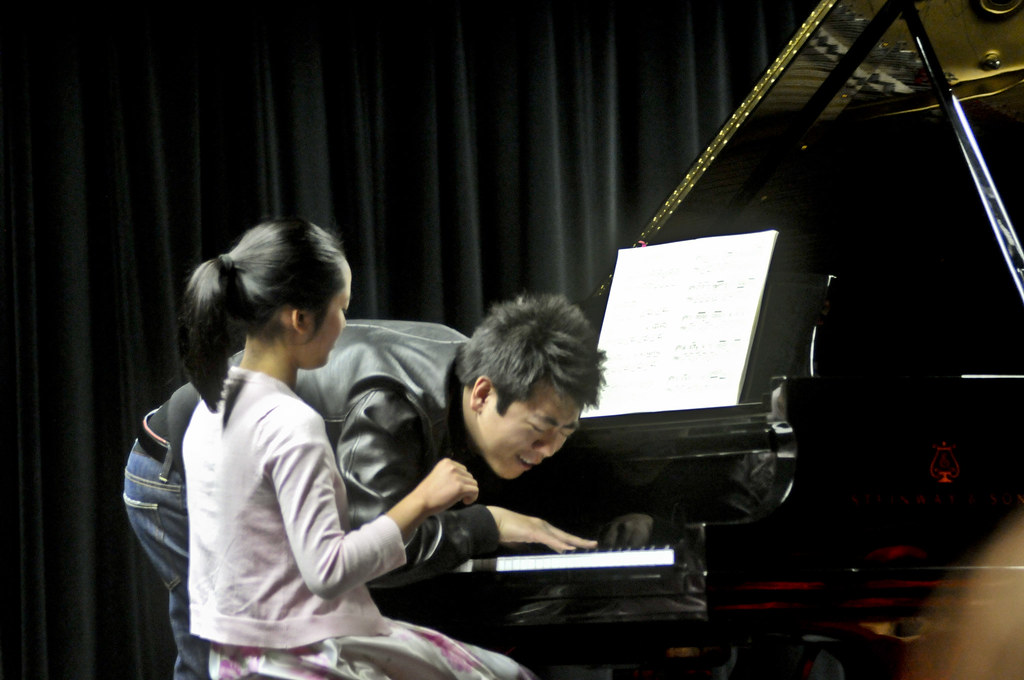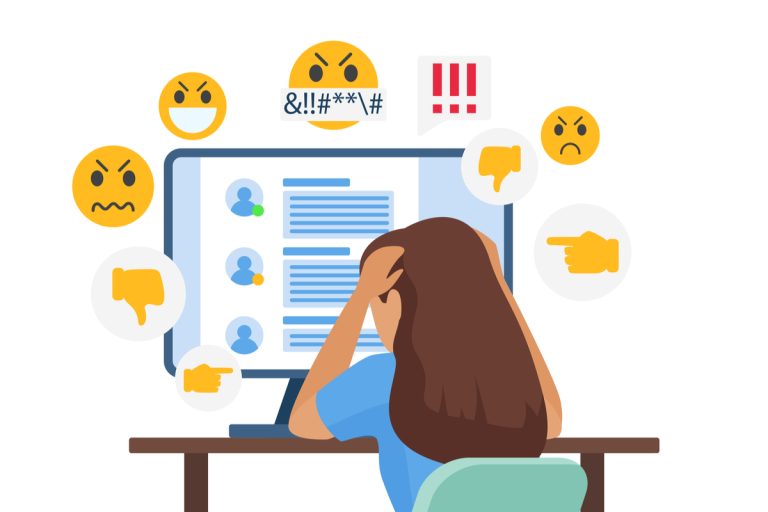Learn to Be Done, Not Mad: Mastering Your Emotions
In today’s hectic world, emotions often feel like a rollercoaster ride, and getting swept up in turbulence is easy. But what if I told you you can learn to be done, not mad? Emotions are a part of life, but they don’t have to control us. This guide will explore practical strategies to help you ride the emotional waves confidently and gracefully. Whether you’re dealing with anger, frustration, or sadness, you can take control and transform these emotions into positive energy. So, let’s dive in and discover the art of emotional mastery.

Emotions Unveiled
Understanding the intricate world of emotions is essential to learn to be done, not mad. Emotions are not your enemy; they are messengers, delivering vital information about your inner state. Here’s how to decode them:
The Messenger Within
Imagine emotions as messengers knocking on the door of your consciousness. They’re here to deliver a message; the key is listening. Instead of pushing them away, invite them in and ask, “What are you trying to tell me?” Emotions often stem from unmet needs or unresolved issues.
The Spectrum of Emotions
Emotions are not just happy or sad; they exist on a spectrum. There’s a rainbow of feelings between joy and sorrow; each shade is valuable. Recognizing the nuances in your emotions is crucial in learning to be done, not mad.

The Power of Mindfulness
One of the most potent tools in your emotional toolkit is mindfulness. It’s about being fully present in the moment, observing your thoughts and feelings without judgment. Let’s explore how to harness this power:
Embracing the Present
Mindfulness encourages you to be fully present in each moment. When you’re mindful, you’re not dwelling on the past or worrying about the future. You’re here now, and that’s where your power lies.
The Breath of Life
Your breath is a constant anchor to the present moment. When emotions surge, take a pause and focus on your breath. Inhale deeply, exhale slowly. This simple act can calm your nervous system and clarify the chaos.
Daily Practice
Like any skill, mindfulness requires practice. Dedicate time each day to mindful meditation. Start with a few minutes and gradually extend it. The more you practice, the more profound the impact on your emotional balance.

The Art of Emotional Regulation
Now that we’ve explored the foundations, let’s dive into specific techniques for emotional regulation. These strategies will help you navigate even the stormiest emotional seas.
Deep Breathing Magic
When emotions run high, deep breathing is your secret weapon. It’s easy and incredibly effective. Here’s how it works:
- Find a quiet space and sit comfortably.
- Close your eyes and take a deep breath through your nose for a count of four.
- Hold your breath for a count of four.
- Exhale slowly through your mouth for a count of four.
- Repeat this cycle several times until you feel calmer.
Journaling Your Emotions
Another powerful tool is journaling. Writing down your feelings can be incredibly therapeutic. It lets you release pent-up emotions and gain clarity on your inner world.
Seek Support
You’re not alone on this journey. Feel free to contact friends, family, or a therapist when needed. Talking about your emotions with someone you trust can provide valuable insights and relief.
Frequently Asked Questions
How can I stop myself from getting angry so quickly?
Learning to be done, not mad, starts with recognizing anger triggers. Practice deep breathing and mindfulness when anger arises. With time and effort, you’ll gain better control.
Is it okay to cry when I’m sad?
Absolutely! Crying is a natural way to release pent-up emotions. It’s a sign of emotional awareness, not weakness.
Can I learn to be done, not mad, if I’ve struggled with my emotions for years?
Yes, there is always time to start. With dedication and practice, you can make significant improvements in managing your emotions.
What role does self-compassion play in emotional balance?
Self-compassion is crucial. Treat yourself with kindness and understanding, just like a friend facing emotional challenges.
How can I maintain emotional balance in stressful situations?
Practice grounding techniques like visualization and focus on your breath. These can help you stay centered even in the most challenging moments.
What if I relapse and lose control of my emotions?
Setbacks are part of the journey. Learning to be done, not mad, takes time. Reflect on what triggered the relapse and use it as an opportunity for growth.
Conclusion
Learning to be done, not mad, is a transformative journey toward emotional mastery. By understanding your emotions, practicing mindfulness, and using effective regulation techniques, you can achieve a dynamic balance that enhances your life and relationships. Embrace your emotions as teachers, and remember that with time and effort, you can learn to surf the waves of your feelings with skill and grace.






